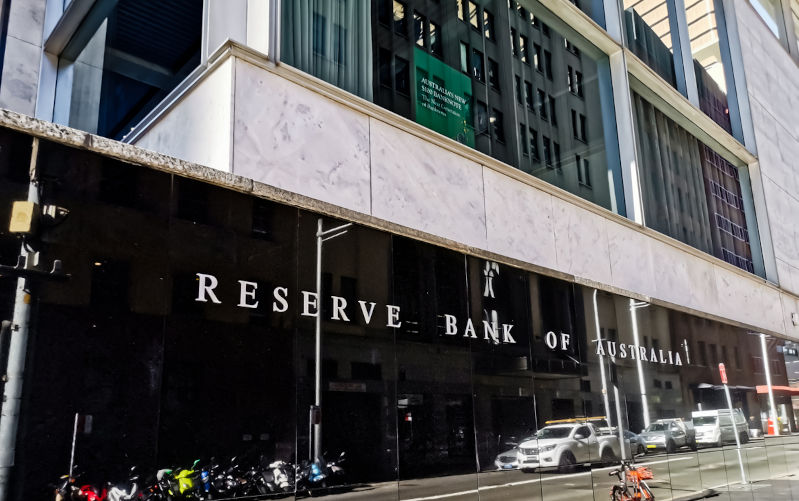RBA independence – a dissenting view from within the ivory tower
September 25, 2024
Considerable heat has been generated lately about whether the treasurer should have the power to override Reserve Bank policy where it is deemed necessary. Howls of protest can be heard from the defenders — most economists among them — of Reserve Bank independence, that such a possibility could even be considered.
The notion that the Reserve Bank should have a measure of independence from the government of the day with respect to the task of using interest rate policy to control inflation is a very strong article of faith within the economics profession with its intellectual basis buried in long accepted doctrine; a basis not often appreciated by members of the profession.
What many may not be aware of, however, is that this intellectual basis has long been contested ground in economics.
Essentially, the argument for an independent central bank rests on two pillars: that inflation is what economists would call “a monetary phenomenon”; in other words, the rate of inflation is a reflection of monetary conditions within the economy. The second pillar (really the flipside to the first) is that monetary policy has no persistent impact on what economists call “real variables”, most importantly the economy’s growth rate, its rate of unemployment and the distribution of income particularly between wages and profits.
Advocacy in favour of central bank independence stands or falls with these two pillars.
Acceptance of these two pillars would then proceed to the next step: that control of inflation is a task most appropriately given to the central bank and that to ensure belief in the credibility of central bank policy and that the rest of us can see it will not be distracted in its purpose, it should have a measure of independence from the political imperatives of the government of the day.
Now imagine a different standpoint which argues, instead, that interest rate policy used to control inflation can have persistent adverse socio-economic effects.
Using higher interest rates is intended to tackle inflation by slowing the economy in pushing unemployment up – to be blunt about it (though this is a standard argument in economics).
Interest rate increases also affect the distribution of income. It has been long argued that interest rates feed into the cost of production of goods and services. Potentially, significant interest rate rises put upward pressure on prices relative to wages, reducing real wages.
As the Italian economist Pivetti has noted (2023), echoing his scathing assessment of the arguments for European Central Bank independence in the late 1990s, the overall impact of interest rate rises on prices will reflect the net impact of two opposing factors: slowing of prices growth as activity slows and unemployment potentially rises and upward pressure on prices as cost of production rises.
The dissenting view in economics would say that whatever the net impact on inflation, the socio-economic impact of higher unemployment and decreasing real wages are not temporary (note the paper by Giradi et.al. Cambridge Jrnl. of Eco. 2020, on unemployment costs).
But if one was prepared to admit this — that adverse social costs attend the use of a single-minded monetary policy to target inflation — then it becomes much harder to defend the independence of the central bank.
It is not sufficient to simply say, “oh well … let the RBA do what it does and other policies can pick up the pieces”. That is a decision for the government of the day! It, as the elected government, must decide on the basis of the relative costs what policies are assigned to which targets.
Neither is it sufficient justification to note that an independent central bank with a singular focus could achieve a better inflation result.
This says nothing more than that a body unencumbered by considerations of social costs of using higher interest rates to target inflation could achieve a lower inflation rate – a result few economists would doubt. It completely ignores the socio-economic costs of policy.
In this sense, the assignment of interest rate policy to have as its primary focus the control of inflation is not something to be set in stone, as something that governments can use as political cover.
Rather, as Pivetti notes, “being such a crucial component of any government general policy, interest rate determination cannot be disposed of by a single self-contained body which pursues its independent objectives. As a matter of fact, this was the dominant view up to the end of the 1970s …. Major monetary policy decisions long continued to fall within the orbit of general economic policy – whatever form they took from time to time – with the government of the day bearing full-responsibility for them” (2023, p.7).
